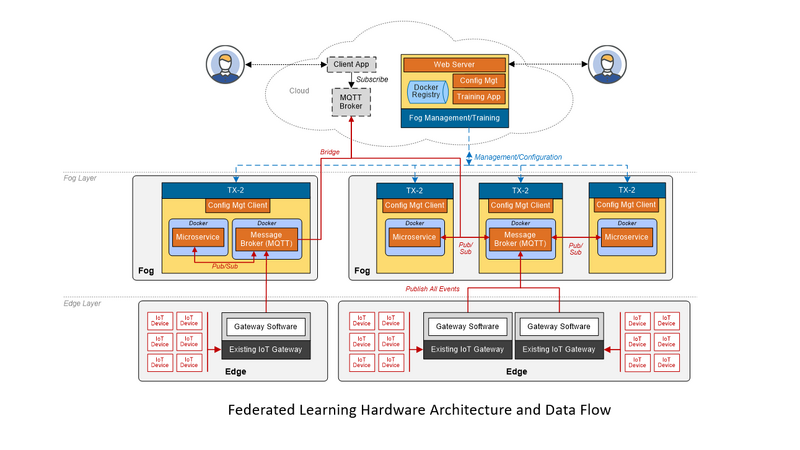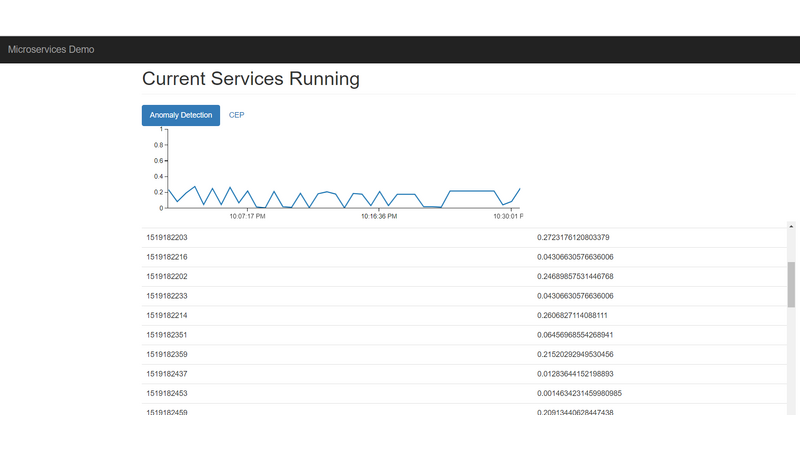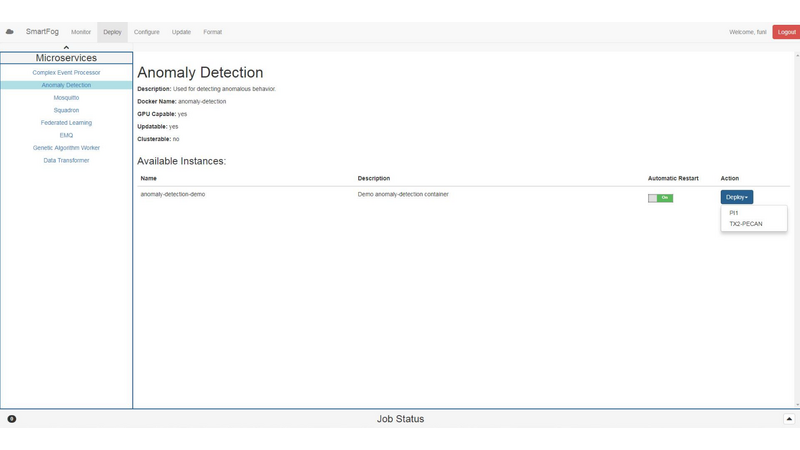Anomaly detection is the process of identifying unusual signals in a set of observations. This is a vital task in a variety of fields including IT, cybersecurity, manufacturing and healthcare. In many scenarios, observations are gathered from a set of distributed mobile or small form factor devices. Traditionally, the observations are sent to centralized servers where large-scale systems perform analytics on the data gathered from all devices. However, the compute capability of these small form factor devices is ever increasing with annual improvements to hardware. A new model, known as edge computing, takes advantage of this compute capability and performs local analytics on the distributed devices. In this project we use autoencoders to perform anomaly detection. Autencoders are specialized deep learning neural networks and we deployed one on each edge device to perform analytics and identify anomalous observations in a distributed fashion. Simultaneously, the autoencoders learn from the new observations in order to identify new trends. A centralized server aggregates the updated models and distributes them back to the edge devices when a connection is available. We used quantization of the network weights in order to reduce the size of the transmitted model.This architecture reduces the bandwidth and connectivity requirements between the edge devices and the central server as only the autoencoder model and anomalous observations must be sent to the central servers, rather than all observation data.
Let’s talk
Log in
Not a candidate? Sign up as an employer
Reset your password
Remember your password? Log in Log in for business
Create an employer account
Sign up for free.
Select the best plan to publish job ofers & challenges.
Not an employer? Sign up as a candidate





Comments (0)